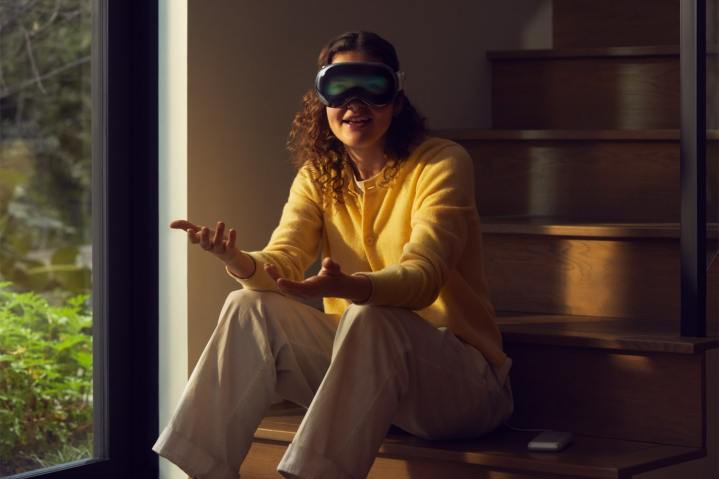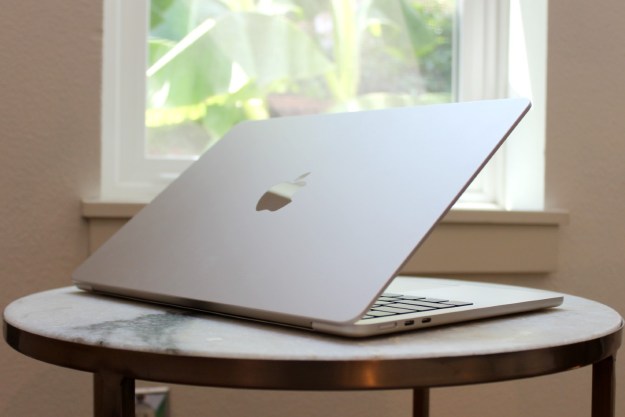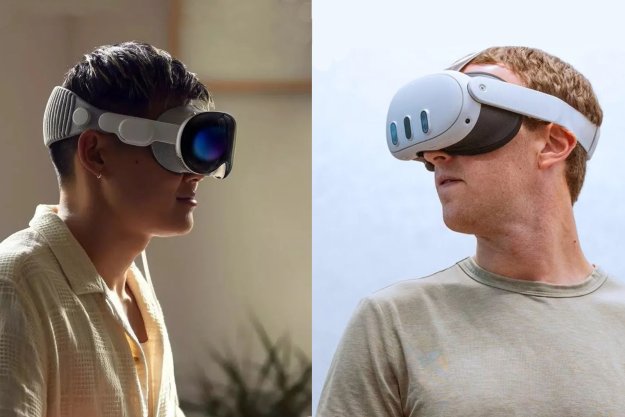Apple’s Vision Pro headset made a massive splash when it was announced in June 2023, and one of the biggest talking points was its $3,499 price. Despite reports that Apple is charging buyers at or near the cost of making the device, it’s still a massive amount for most people to shell out on a headset.
There could be some future relief though, as Apple is reportedly searching for ways to bring the price down, whether that’s a “Vision Pro 2” headset or a lower-cost version that omits a few of the more expensive features.

According to The Information (via 9to5Mac), Apple is scouting around for new suppliers of the Vision Pro’s Micro-OLED displays, with companies BOE and SeeYA under consideration. If they pass muster, they could help lower the price of Vision Pro components, hopefully meaning a cheaper device for consumers.
Right now, Sony is the only firm that makes the displays inside the Vision Pro. We’ve previously reported how the company can only manufacture fewer than 1 million displays a year right now for Apple. Since each Vision Pro comes with two displays, that’s not a huge number of headsets that Apple can sell each year, with estimates pegging the number at around 400,000 units.
If Apple can find eother display suppliers, they could presumably augment Sony’s efforts and enable Apple to bring down the price of the Vision Pro. After all, if more suppliers are able to produce the required components, Apple will have more room to negotiate pricing.
The massive cost of displays

Display industry expert Ross Young has suggested the cost to manufacture the Vision Pro’s displays is more than 10% of the $3,499 asking price, while Omdia analyst David Hsieh has said that figure could be as high as 35%, or $1,542. If Apple is able to lower that cost, it could have a sizeable impact on the final price.
Interestingly, the report from The Information suggests at least some of Apple’s testing is directed not just at a second-generation Vision Pro, but at a cheaper model that will cut down on some features. The article notes that this more affordable version is “internally code-named N109.”
Right now, we don’t know too much about the Vision Pro 2 or the lower-priced model, which would presumably drop the “Pro” moniker from its name. If Apple is able to charge a lower price for these products, though, it could help get many more of the headsets into the hands of consumers. And there’s no way Apple will want to miss out on that.
Editors' Recommendations
- The Vision Pro is already in trouble. Here’s how Apple can turn the tide
- How to try out the Vision Pro headset yourself
- Vision Pro 2: everything we expect from the future of Apple’s headsets
- Apple’s next Pencil may work with the Vision Pro headset
- Does the Apple Vision Pro come with a battery?




